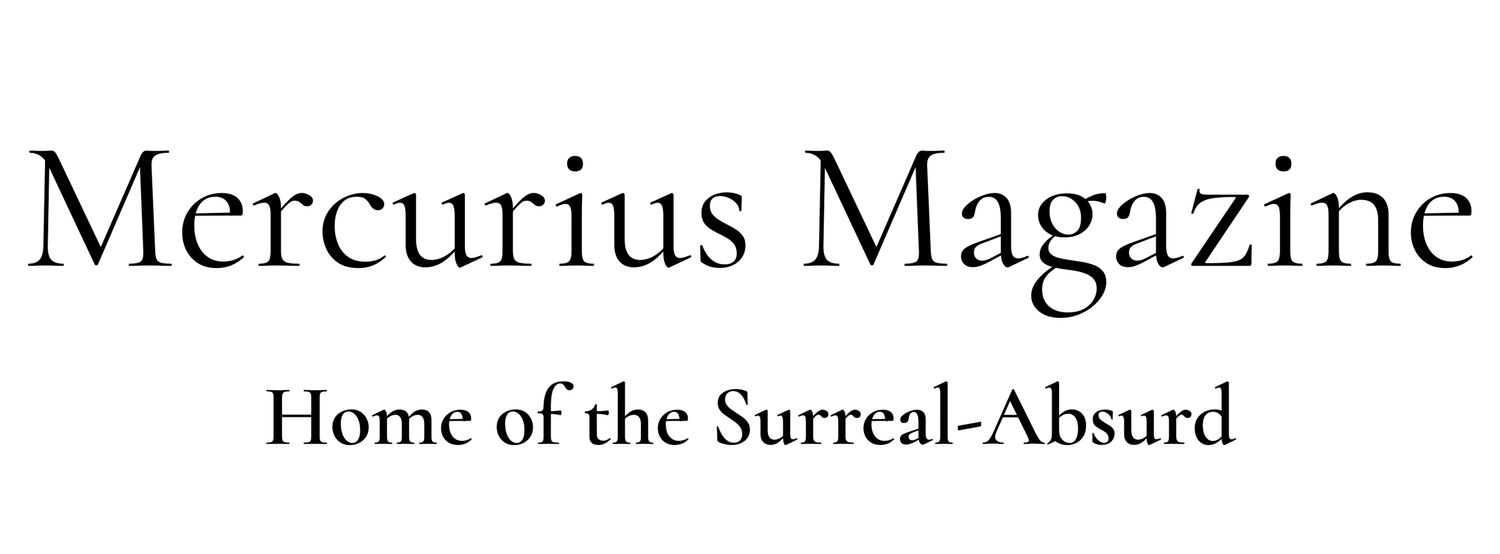Our Oceanic Life
I once spent a whole year living by the sea; in Alghero, Sardinia, whose perfect waters are as clear as any waking dream. It was a blissful year. My days divided between long coastal walks, abundant music, learning Italian, contemplation, and teaching.
In the spring, the rocky pasturelands would brim with wild flowers: the fragrant florets of asphodel, yellow herb d’oro, purple iris, blood-red poppy; a million-petalled tide risen across the land. In the Kabbalah, the 61st name of God, Vav Mem Bet evokes the healing power of water, and is sometimes called “the light of God on Earth”. Perhaps the colourful waves of spring extend from the sounding of this name; their healing powers redeem the heartaches of winter, renewing the strength of the earth with a fragile abundance of beauty.
In the evenings, I would sit on my terrace and watch the sun set on the sea beside the calcareous cliffs of Capo Caccia. No sunset was ever the same. Nor was the sea the same sea twice. Its various shades and forms depended on the currents, the kind of marine life or sediment in the water, the quality of the light, the time of year or day. The sea has as many colours as beauty has moods.
In astrology, the watery planet of Neptune is associated not only with illusions, fantasies, and dreams, but also with music, spirituality and inspiration. Our psyches forged of the same restless waters. The bittersweet currency of change is song. For all her perils, the ocean breathes her music into us. Her manifold realities are inherently melodious.
Perhaps the sea is best represented by the image of a circle: a shape without edges, always rounding on itself, infinite. Uroboros, the snake that eats itself to live, inhabits the primeval waters of our beginning and end. In Ancient Greece, Uroboros’s equivalent was Oceanus, the pristine, serpentine river that encircled the world.
The ocean’s darker moods frequently surface in world mythology. As punishment for burning Troy and blinding Polyphemus, the archetypal trickster Odysseus is pursued by a vengeful Poseidon. Hamlet says life is nothing more than a foul and pestilent congregation of vapours. In the Buddhist tradition, the “Ocean of Samsara” is characterised by the endless repetition of suffering and delusion. Liberation from the vicious cycle involves “awakening” our inner Buddha nature. In Tibet, the symbol of “two fish” is one of eight auspicious symbols: to reach Nirvana, the seeker must use the power of meditation to cross the waters of Samsara. Buddhists who realise the fundamental truth of the Buddha’s sayings are known as “stream-enterers” (sotāpanna in Pali). They are like fish who’ve just entered a wonderful current amid the ocean’s many deceptions. If they keep on following that stream, one day they will become Buddhas.
I wrote this poem after the feeling of an existence submerged in Samsaric waters:
Inertial drift
So many millions of fish
Confused condemned by water
Relentless water
With sad gold rings around their eyes
Half-blind, they go
Impulsed by time
Who empties all things of their pride
Half-blind, they go
The lost and lonely restless in their dream
The garrulous and the gallant
The sad, the great, the fat, and the thin,
Share the same rainbow currents
Of Time
With sad gold rings around their eyes
Half-blind they go
Before the shark
And shadows light must cast
With sad gold rings around their eyes
Half-blind they go
A long time ago, our not-yet-human ancestors decided to exchange the sea for land, and build their lives where air was plentiful. The womb is another primal sea. Seventy per cent water, more liquid than they seem, our bodies melt, thaw and resolve into a dew upon death. So every end is a beginning.
The sea is often associated with the subconscious, or with realms in the border-zones of our consciousness. After travelling to the edge of the world in search of eternal life, Gilgamesh comes back disappointed. Similarly, Odysseus searches for an entrance to the underworld in a distant point of the ocean. In his Archetypes and the Collective Unconscious, Carl Jung establishes the unconscious as an underwater realm. In Ursula K Le Guin’s Earthsea Saga, the fabulous, upstanding, wizard Ged, is obliged to travel to the edge of the sea, to the limits of his self, in order to confront and finally accept his evil shadow. His journey is a story of integration, of healing a fragmented self, of turning failure into strength.
Kafka’s novels feel as though they are set in underwater worlds, in dreamlike places where the submerged and the hidden are terrifyingly revealed. In his essay “This is Water”, David Foster Wallace says that the “most obvious, ubiquitous, important realities are often the ones that are hardest to see and talk about”. The essay begins with two fish asking “what the hell is water?”
And so it is with the world. Everything we perceive is the beginning of an existence we scarcely understand.



